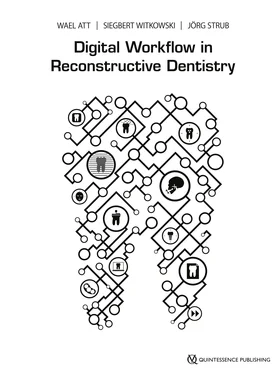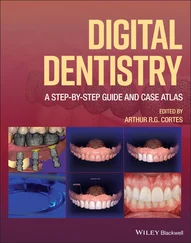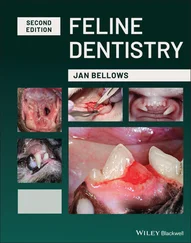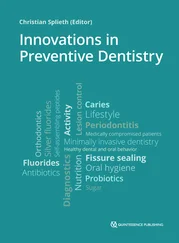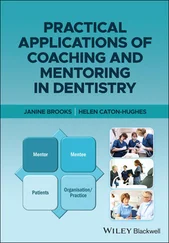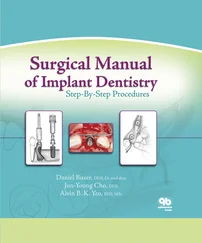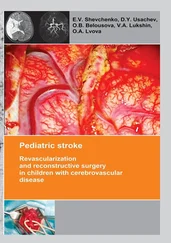Introduction
Three-dimensional Navigation Systems
CLINICAL EXAMPLE: MED3D SYSTEM
CAD/CAM Fabrication of Surgical Guides – Central Fabrication by Means of Additive Technologies
CLINICAL EXAMPLE: CAD/CAM SURGICAL GUIDE (NOBEL CLINICIAN)
CLINICAL EXAMPLE: CAD/CAM SURGICAL GUIDE FOR AN EDENTULOUS RIDGE (SIMPLANT)
CLINICAL EXAMPLE: CAD/CAM SURGICAL GUIDE FOR AN EDENTULOUS RIDGE (WORKFLOW 2/SIMPLANT)
CAD/CAM Fabrication of Surgical Guides – Central/Laboratory Fabrication by Means of 3D Printing
CLINICAL EXAMPLE: CAD/CAM SURGICAL GUIDE VIA 3D PRINTING (SMOP)
Dynamic Systems
Accuracy of Guided Surgery Systems
Current Status and Future of 3D Navigation in Implant Dentistry
References
9CAD/CAM Materials
Introduction
Silica-based Ceramics
Resin-matrix Ceramics
Glass-infiltrated Oxide Ceramics
High-strength Ceramics
Machinable Polymers
Metals
Conclusion
References
10Digital-assisted Fabrication Using CAM Technologies
Background of Dental CAD/CAM
Restoration Design
Data and Workflow
CAM Data Processes
In-house vs. Central Fabrication
Complete In-office System Concept
Dental Laboratory-to-Production Center Concept
In-house Dental Laboratory Concept
Fabrication Utilizing Subtractive Techniques
Fabrication Utilizing Additive Techniques
Laser-based Additive Manufacturing Technologies
Stereolithography
Selective Laser Sintering
Three-dimensional Printing
Digital Light Processing
References
11Cases
CASE 1: DIGITAL WORKFLOW FOR THE REHABILITATION OF AN EXCESSIVELY WORN DENTITION
Introduction
Case Description
References
CASE 2: DIGITAL WORKFLOW FOR THE FIXED IMPLANT-SUPPORTED REHABILITATION OF EDENTULOUS JAWS
Introduction
Case Description
References
CASE 3: DIGITAL WORKFLOW FOR THE REMOVABLE IMPLANT-SUPPORTED REHABILITATION OF AN EDENTULOUS JAW
Introduction
Case Description
References
12Future Perspectives of Digital Technologies in Dentistry
Labside CAD/CAM
Chairside CAD/CAM
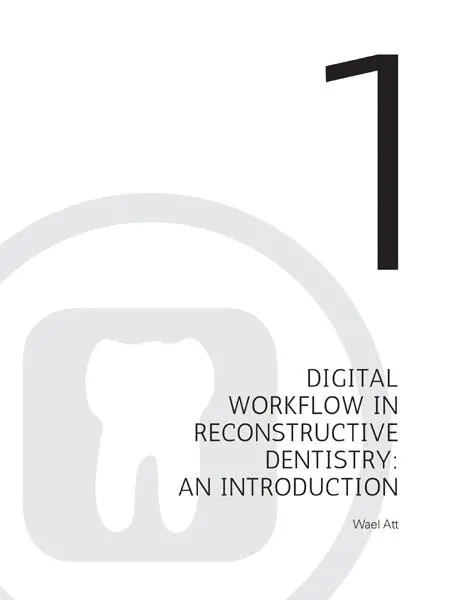
Introduction
The digital revolution is impacting nearly every aspect of our daily life. Today, it is nearly impossible to find a person that is not connected to the internet and performing regular tasks using a mobile device. While many advantages exist with this connectivity, there are disadvantages as well. The abbreviation “FOMO,” which stands for “Fear of Missing Out,” was introduced to the Oxford English Dictionary in 2013. Whether it is a problem or not, nonscientific observations report that more than 70% of people are addicted to social media. In fact, every bedroom has today a “connected” mobile phone beside the bed. True also is that for many of us the mobile phone is the first and last thing we see every day. While this practice is not new, however, it did not exist 10 years ago. Further examples about the necessity of the use of smart phones include, but are not limited to, access to information via search engines, mobile banking, home and office control, access to database reservation systems, entertainment, and so on. Such examples clearly show how digital revolution has been aggressively emerging and impacting every aspect of our daily life.
Similar to these aspects I have just mentioned, the medical field is also being impacted by digital technology. While diagnostic means and treatment concepts are being continuously refined, the emergence of new technologies is driving the implementation of new concepts with the goal of improving patient care and offers the new generation of physicians and scientists better learning and development opportunities. A good example is the use of artificial intelligence (AI) in medicine. This has been pushed after realizing the significance of analyzing extremely large databases, termed “Big Data,” computationally to reveal patterns, trends, and associations, especially relating to human behavior, interaction, and disease progression. While many companies and start-ups are focusing on developing products and software that utilize AI in medicine, Watson Health (Microsoft, Redmond, WA, USA) is considered the first and most advanced AI-based system used for helping healthcare. It enables professionals to share health data and deliver insight to further care through hospitals, providers, insurers, researchers, and patients. The developer states that it is humanly impossible today to keep up with the daily proliferation of healthcare data. As an example, healthcare data is projected to be greater than 2,310 exabytes by 2020. A one-week stay in a hospital can equal hundreds of pages in electronic health records. The global economic impact of chronic disease by 2030 is estimated to be 47 trillion USD. Comparatively, only 10% of the drugs currently in development make it to the market (source: IBM Watson Health). All of these facts have driven the need to create a connected ecosystem across the healthcare industry to harness expertise from this information and determine shared value with the goal to advance health and human services. Of course, IBM Watson is not alone – there are currently thousands of companies and start-ups focusing on AI in healthcare.
According to the Merriam-Webster dictionary, seven definitions of the word digital are listed. The first is “of or relating to the fingers or toes,” while the second is “done with a finger,” both of which apply to dentistry at large. Another definition is “composed of data in the form of especially binary digits/digital images/photos/a digital readout/a digital broadcast.” Wikipedia, the free encyclopedia, refers to digital dentistry as “the use of dental technologies or devices to carry out dental procedures rather than using mechanical or electrical tools.”
Clearly, the dominance of computer-aided design/computer-aided manufacturing (CAD/CAM) and its applications is rather evident in the field of digital dental medicine. This may be attributed to the large contribution of the industry in research and development (R&D) over the past half century and its commercial ramifications. Having said that, the digital dental world is not and should not be considered solely for its restorative dental applications. To start at the very beginning: dental education departments in many academic institutions the world over are implementing digital aspects in their curricula while training young dentists.
This includes the application of digital in basic sciences (e.g., simulations in anatomy, physiology, and pathology) or clinical sciences (e.g., virtual and haptic training of tooth preparation or dental shade matching). Also, most diagnostic sciences in dentistry such as radiology rely almost exclusively nowadays on digital media. The days of chemical processing of X-ray films and the lack of consistency of the development of such images are gone. Along with the introduction of digital technologies (e.g., computers, laptops, tablets, scanners, and a wide spectrum of software applications) this has dramatically changed the practice of dentistry. Today, a vast array of digital technologies is already being used in daily practice. Such tools range from patient data management and organization software for patient data acquisition (medical and dental history, extraoral findings, intraoral and dental findings, periodontal findings, functional findings, and/or radiographic findings) to diagnosis, treatment planning, and treatment execution. Consequently, it is rather evident that digital and dentistry have virtually become synonyms and are inseparable.
Читать дальше
